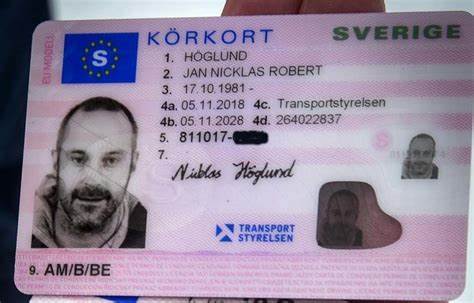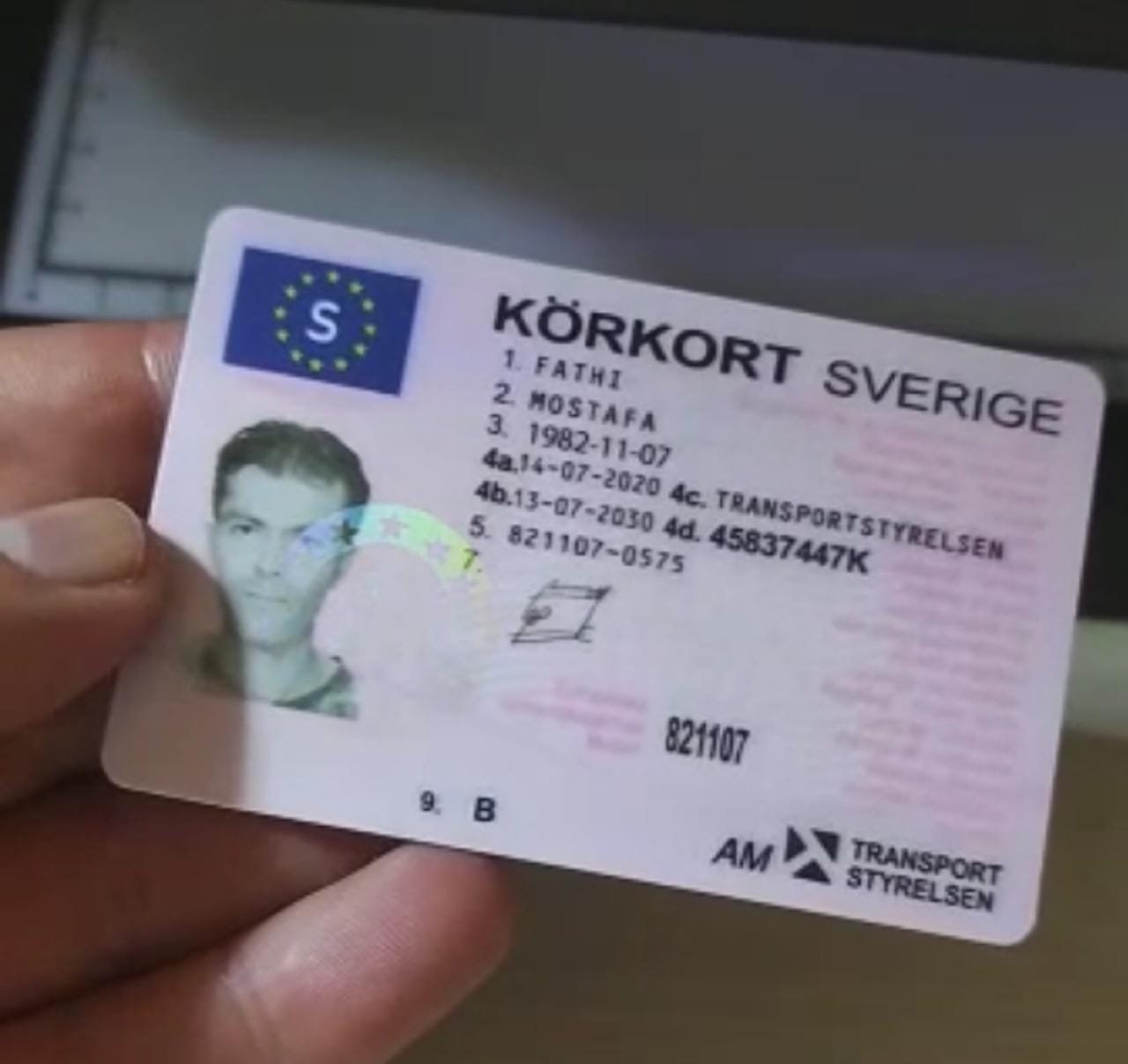20 Resources That Will Make You More Effective At Buy A1 Driving Licen…
페이지 정보
작성자 Nigel 작성일 25-07-24 04:04 조회 2 댓글 0본문
The Comprehensive Guide to Legally Obtaining a Driving License
Driving is an essential skill for numerous, offering the liberty to travel where and when you desire, frequently making life easier and satisfying. Nevertheless, acquiring a driving license is a process that needs understanding, persistence, and adherence to legal treatments. This guide intends to provide a comprehensive overview of the steps one should follow to legally obtain a driving license, highlighting crucial considerations and often asked questions to ensure a smooth and problem-free experience.

Understanding the Basics
Before diving into the application process, it's crucial to comprehend the standard requirements and types of driving licenses available. Driving laws differ significantly from nation to country, and even within various states or provinces within the same country. Typically, there are a number of types of driving licenses, consisting of:

- Learner's Permit: This is typically the initial step at the same time, allowing new chauffeurs to get experience under supervision.
- Provisional License: Issued after passing a basic driving test, this license usually features limitations and is a stepping stone to a full license.
- Full Driver's License: Once all the essential requirements are met, motorists can get a full license, which offers total driving benefits.
- Industrial Driver's License (CDL): Required for those who wish to run commercial lorries, such as trucks or buses.
Steps to Obtain a Driving License
1. Research Study Local Driving Laws
The initial step in acquiring a driving license is to look into the particular requirements in your location. Visit the official website of your local Department of Motor Vehicles (DMV) or equivalent company to find detailed details about the licensing procedure, consisting of age constraints, needed documents, and charges.
2. Prepare Required Documentation
Each jurisdiction has its own set of documents that must be submitted to request a driving license. Frequently required files consist of:
- Proof of Identity: A passport, birth certificate, or state-issued ID.
- Evidence of Residency: Utility costs, lease contracts, or other official documents that validate your address.
- Social Security Number (if appropriate): In some countries, a social security number or equivalent is required for recognition.
- Vision Test Results: Some locations need a vision test before releasing a student's license or license.
3. Take a Driver's Education Course
Many states and nations require new chauffeurs to finish a driver's education course. These courses are developed to teach the rules of the roadway, traffic laws, and safe driving practices. They can be finished Körkort till försäLjning Online or in a classroom setting and often consist of both theoretical and practical parts.
4. Make an application for a Learner's Permit
As soon as the required documents is all set and the driver's education course is finished, the next step is to make an application for a student's authorization. This typically involves going to the DMV or sending an application online. You will likewise need to pass a written test that covers traffic laws and driving understanding.
5. Practice Driving
With a student's license, you can start practicing driving under the guidance of a licensed grownup. This is an essential step in developing your confidence and abilities behind the wheel. It's also essential to gain experience in numerous driving conditions, such as night driving, highway driving, and driving in inclement weather.
6. Arrange and Pass the Driving Test
After gaining sufficient driving experience, you can schedule a driving test with the DMV. The test will evaluate your ability to safely operate a car and follow traffic laws. You will require to bring a correctly registered and insured vehicle to the test, and the examiner will examine your driving abilities on a fixed path.
7. Request a Provisional License
If you pass the driving test, you will typically receive a provisionary license. This license may come with constraints, such as a curfew or a limit on the variety of passengers you can have in the vehicle. These constraints are designed to lower the threat of accidents and help new drivers adjust to the road.
8. Upgrade to a Full License
As soon as you have actually held a provisional license for the necessary duration and fulfilled any additional requirements, you can update to a complete driver's license. This procedure normally includes a basic application and may require a retest or extra documents.
Tips for a Successful Application
- Start Early: Begin the procedure as soon as you meet the age requirement to give yourself adequate time to prepare.
- Stay Informed: Keep current with any changes in driving laws or DMV treatments.
- Practice Regularly: Consistent practice is key to developing confidence and enhancing your driving skills.
- Stay Calm During the Test: Anxiety can impact your efficiency, so take deep breaths and stay focused.
- Follow DMV Instructions: Pay attention to the instructions offered by the DMV and the inspector during your test.
Regularly Asked Questions (FAQs)
Q: What is the minimum age to look for a learner's authorization?
A: The minimum age differs by jurisdiction. In the United States, it normally ranges from 15 to 16 years of ages. In the UK, the minimum age is 17. Inspect your regional DMV site for particular information.
Q: Can I make an application for a driver's license online?
A: Some jurisdictions enable you to complete parts of the application process online, such as filling out types and scheduling tests. Nevertheless, you will usually require to visit a DMV workplace in person to submit needed documents and take the driving test.
Q: What takes place if I stop working the driving test?
A: If you stop working the driving test, you can normally retake it after a specific period. This duration differs by area, however it is often a few weeks. It's a great concept to practice more before retaking the test to enhance your possibilities of success.
Q: Can I drive alone with a student's authorization?
A: No, a learner's authorization normally requires you to be accompanied by a certified adult, usually over 21 years of ages, who is seated in the front passenger seat.
Q: Is a vision test required to get a driving license?
A: Yes, a lot of jurisdictions need a vision test to make sure that you can securely run an automobile. You can generally take this test at the DMV or with an authorized eye doctor.
Q: How long does it require to get a full driver's license?
A: The time required to acquire a complete driver's license differs depending upon your jurisdiction and the specific steps included. Typically, it can take numerous months, consisting of the time needed to complete a driver's education course, hold a learner's authorization, and pass the driving test.
Q: Can I use a provisional license to drive for work?
A: It depends on the restrictions positioned on your provisionary license. Some provisional licenses allow you to drive for work, while others might have particular constraints. Check your license for information or call the DMV for explanation.
Q: What is the distinction in between a learner's authorization and a provisional license?
A: A learner's authorization is the very first stage of the licensing procedure and permits you to drive just under supervision. A provisional license, on the other hand, grants you more driving opportunities but might still have some constraints, such as a curfew or traveler limits.
Q: Can I use for a business driver's license (CDL) without a full driver's license?
A: No, you normally require a full driver's license before getting a CDL. A CDL is a specific license that requires additional training and testing, and it is just provided to those who have demonstrated the ability to safely operate a basic vehicle.
Q: What should I do if I lose my driving license?
A: If you lose your driving license, you must report it to the DMV and apply for a replacement. You may require to supply proof of identity and pay a charge. It's also a good concept to notify your insurance provider and any other pertinent parties.
Getting a driving license is a significant milestone that opens up new chances and increases self-reliance. By following the actions described in this guide and staying notified about local laws and requirements, you can make sure a smoother and more successful licensing process. Keep in mind that driving is a serious responsibility, and putting in the time to find out and practice is necessary for your security and the safety of others on the road.
- 이전글 Unleash Your Otaku Passion with the Definitive Naruto Wall Art Collection this year: Explore Fully into All Things Naruto, from Legendary Naruto Posters to Unique Gear – Including Life Size Naruto Statue Statues & Signed Naruto Funko Pop Collectibles fo
- 다음글 Try These 5 Things Whenever you First Start Online Poker (Due to Science)
댓글목록 0
등록된 댓글이 없습니다.
